The Impact of Weather on Air Travel: Atlanta’s Snowy Night
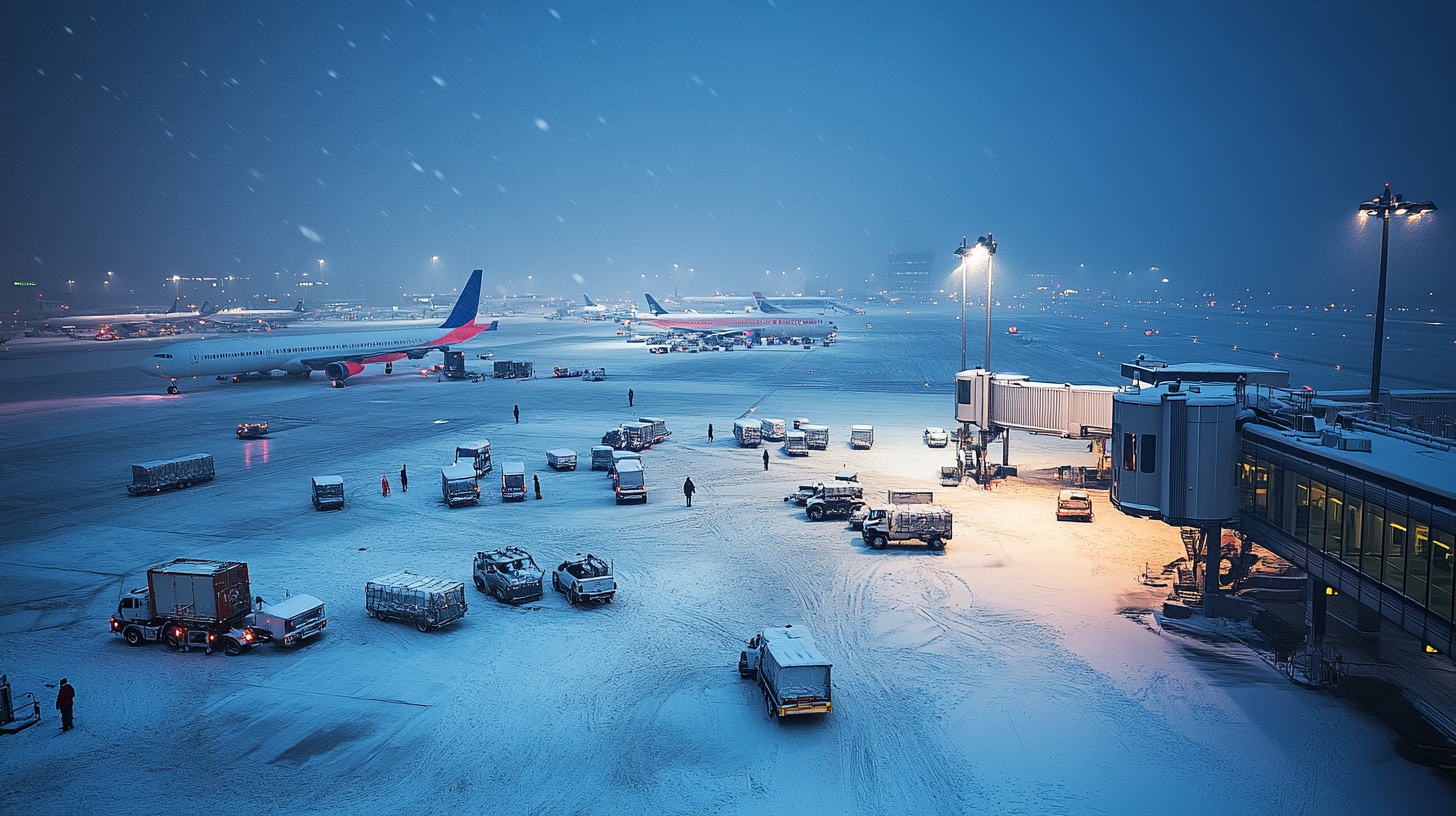
Weather has always been a significant factor in air travel, influencing everything from flight schedules to passenger experiences. From the routine delays caused by thunderstorms to the complexities of navigating through dense fog, weather challenges are part and parcel of aviation. However, when unusual weather events strike, particularly in regions unaccustomed to such anomalies, the consequences can be profound. Atlanta’s recent snowy night serves as a prime example of this phenomenon. The city’s rare encounter with snow not only brought daily life to a halt but also underscored how unexpected weather can disrupt the aviation industry on multiple levels. This incident highlights the intricate relationship between weather patterns and air travel and prompts a deeper exploration of the challenges faced by airports and passengers alike when nature defies expectations.
For more insights on how unexpected weather events impact cities ill-prepared for them, see case studies of weather-induced urban disruptions .
Atlanta’s Brush with Snow: A City Unprepared
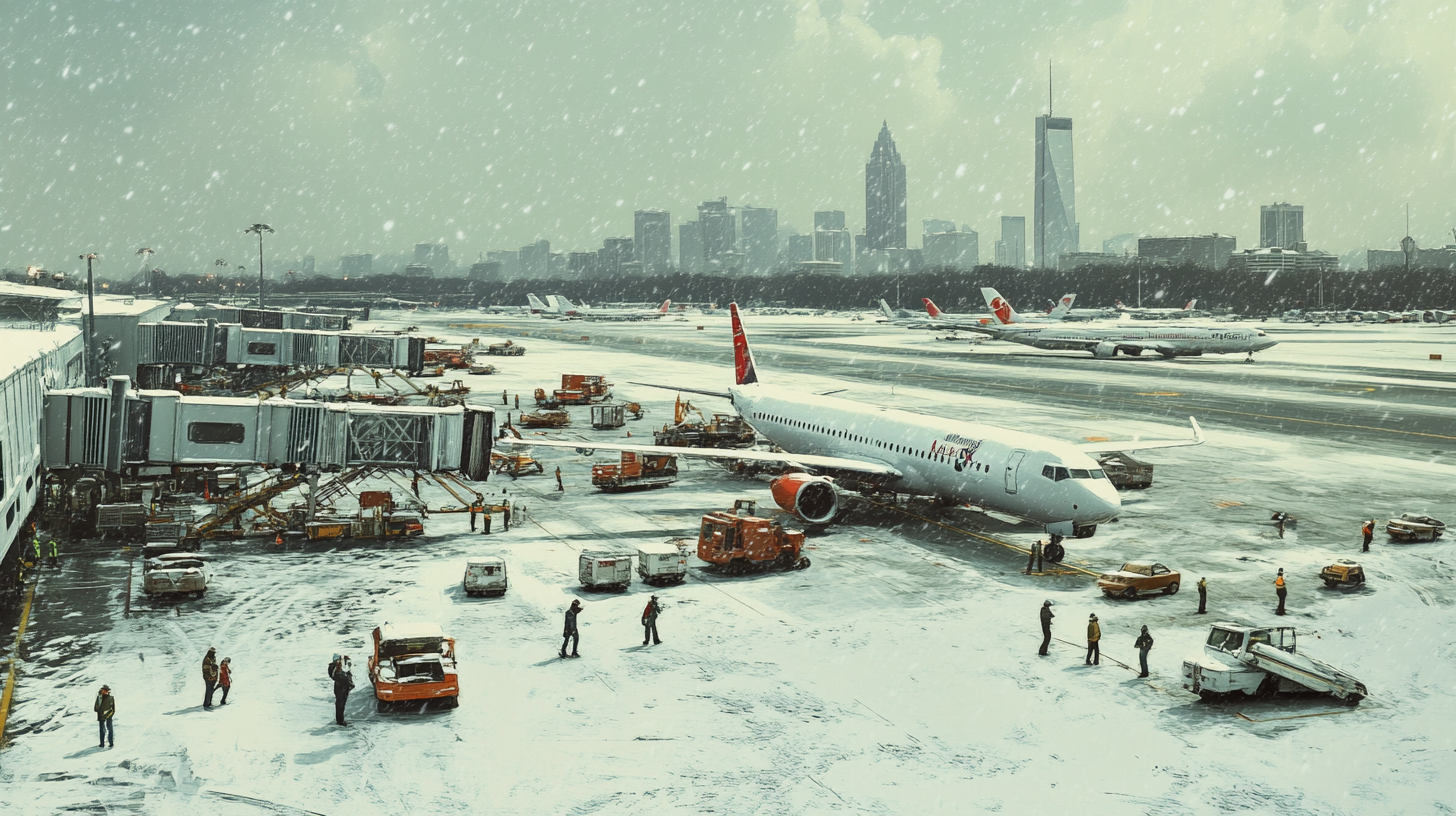
Atlanta, known for its warm, humid subtropical climate, rarely sees snowfall. With mild winters and hot summers, the city is far from the snowy landscapes of the northern states. In fact, the city hasn’t experienced measurable snow since January 18, 2018. However, when snow does arrive, it often leads to significant disruptions due to the city’s lack of preparedness for winter weather. The recent snow event was reminiscent of the infamous “Snowmageddon” of January 2014, when just 1-3 inches of snow paralyzed the city and surrounding areas.
During that event, the city was caught off guard. The lack of snow-preparation infrastructure—such as snowplows, salt trucks, and winter tires—meant that even minor accumulations caused major challenges. Highways became parking lots as drivers were stranded for hours, with some abandoning their vehicles altogether. Schoolchildren were trapped overnight in schools and on buses, unable to reach home safely. Airport operations were severely hindered, leading to widespread delays and cancellations.
The 2014 snowstorm exposed vulnerabilities in Atlanta’s emergency response and infrastructure. Over 1,500 crashes occurred on icy roads, and several casualties were reported. Communication flaws between government agencies and the public left residents unprepared for the storm’s impact, highlighting the need for better dissemination of weather advisories and emergency protocols. The event sparked a citywide reflection on the importance of preparedness and led to significant efforts to improve response strategies for future weather events.
For a detailed analysis of how cities can improve their winter weather preparedness, refer to strategies for urban winter weather response .
Airport Operations Thrown Off Course
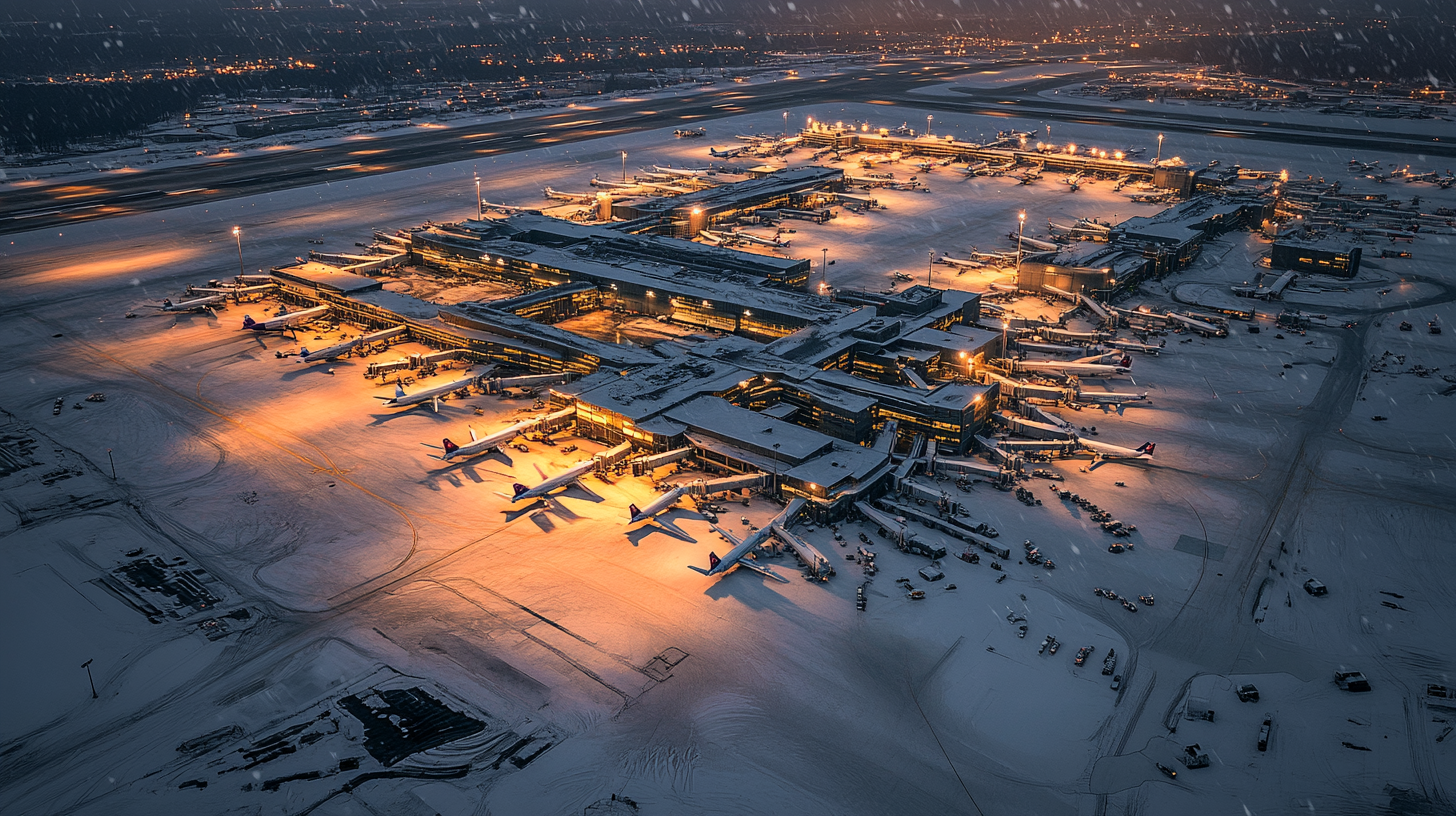
Hartsfield-Jackson Atlanta International Airport, the world’s busiest airport by passenger traffic, is a critical hub in the U.S. air travel network. Its efficiency is paramount not only for Atlanta but for national and international air travel. When unexpected snow hits Atlanta, the effects ripple far beyond the city’s borders, affecting flight schedules and passenger itineraries worldwide.
The recent storm led to major disruptions at the airport. Runways coated with snow and ice became hazardous, necessitating delays in takeoffs and landings. Airlines warned of potential delays and cancellations, advising passengers to reschedule their flights where possible. Delta Air Lines and Southwest Airlines, both with significant operations in Atlanta, undertook extensive efforts to rebook flights proactively, aiming to minimize issues for travelers. Ground crews worked tirelessly to de-ice planes and clear runways, but the sheer volume of flights meant that delays were inevitable.
These disruptions are not isolated incidents. Weather-related delays have become a significant concern nationwide, prompting the Department of Transportation (DOT) to consider new rules to better protect air travelers. The proposed changes include cash compensation for delays and cancellations, ranging from $200 to $775 based on the duration of the delay. This initiative represents a push towards greater accountability and customer service in the aviation industry, recognizing the significant impact that delays can have on passengers’ lives.
In addition to financial compensation, the DOT aims to standardize services like free rebooking and coverage for meals and lodging for stranded passengers. These measures build on commitments highlighted in the 2023 customer service dashboard, which seeks to provide transparency on airline policies and ensure that travelers are aware of their rights.
For more information on passenger rights during travel disruptions, see Department of Transportation’s Air Travel Consumer Reports .
A Broader Look at Weather’s Impact on Air Travel
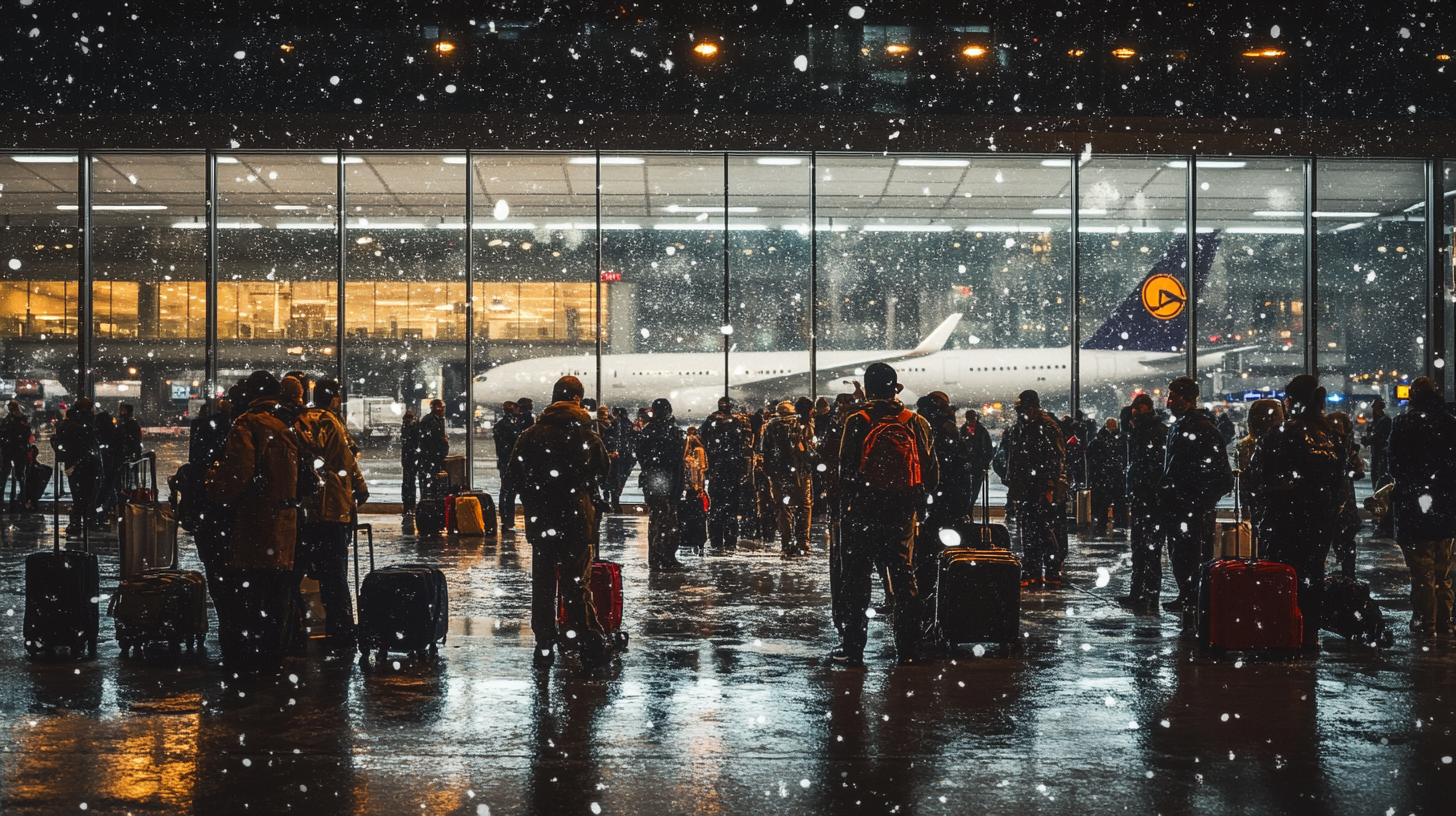
Unusual weather events are not confined to Atlanta; they are a nationwide concern that can lead to widespread travel disruptions. Across the United States, winter weather has been causing significant challenges for both airlines and passengers. A significant winter storm recently hit the South and Southeast, causing flight cancellations and road closures due to heavy snow and ice. States like Georgia, Alabama, North Carolina, and Tennessee declared states of emergency, mobilizing resources to cope with the adverse conditions.
Power outages affected around 120,000 customers, mostly in Georgia, leaving residents without heating during freezing temperatures. The storm brought rare snowfall to regions like Charlotte, where such weather is uncommon, leading to further disruptions in daily life. Travel across multiple states was affected, with accidents on icy roads and flight cancellations contributing to the chaos.
These events underscore the broader implications of weather on air travel. As millions of Americans travel for holidays like Thanksgiving and Christmas, weather advisories and storm warnings become a regular part of travel planning. The National Weather Service issues winter weather advisories across the U.S., warning that storm systems may affect road and air travel, with freezing temperatures across various regions. In the Northeast, rain and snow are expected, while Florida faces cooler temperatures. Major storm impacts are predicted, with several flight delays reported.
Events like the Macy’s Thanksgiving Day Parade proceed despite expected rainfall, showcasing the resilience and adaptability of both travelers and organizers. However, the combination of high travel volumes and unpredictable weather creates a challenging environment for airlines, airports, and passengers.
For those interested in understanding how weather forecasting can aid in travel planning, refer to using weather forecasts to optimize travel plans .
Passenger Behavior: Humor and Frustration in Equal Measure
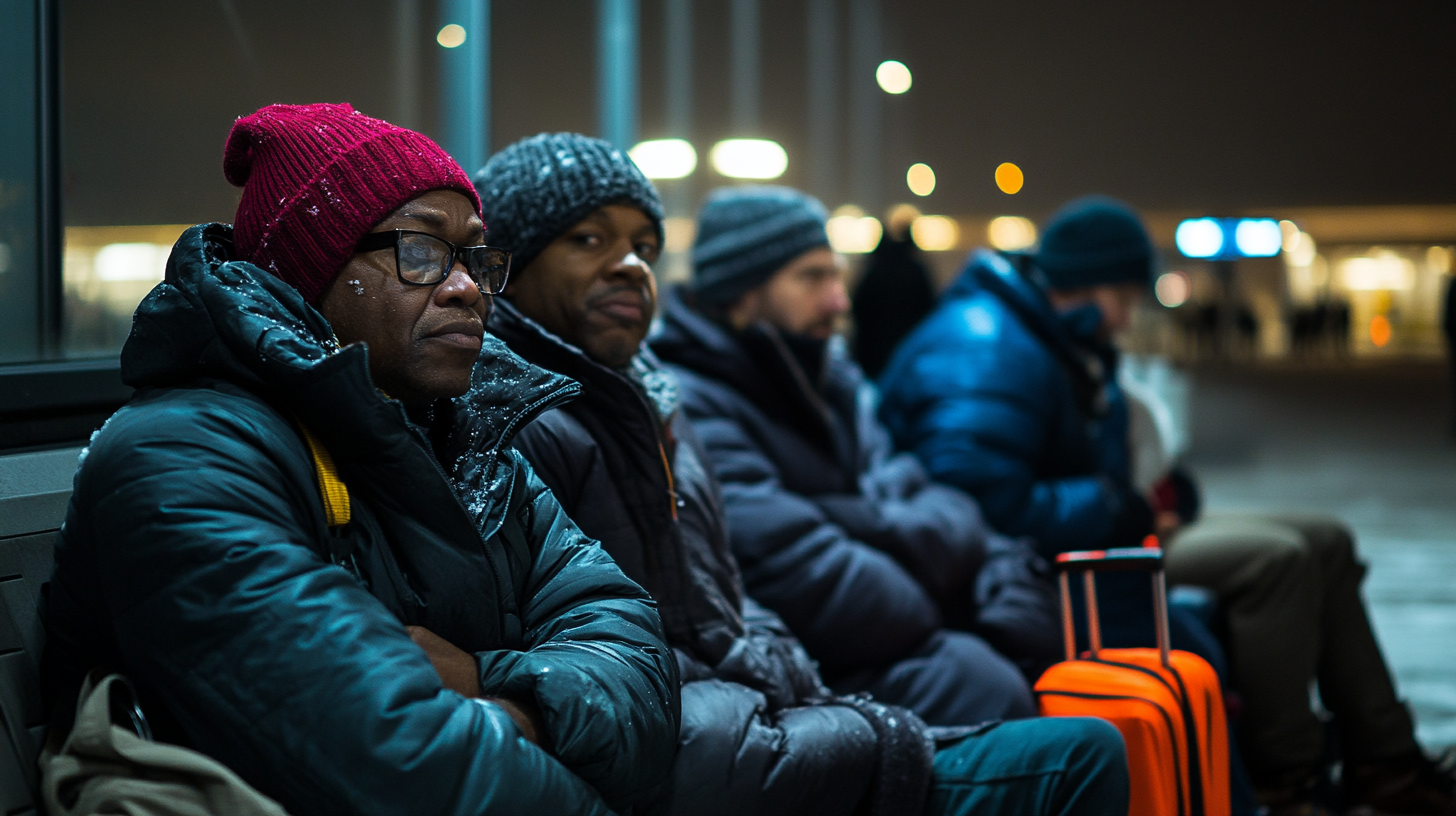
Unusual weather events often bring out a complex mix of emotions among passengers. Frustration is a common reaction as plans are disrupted, flights are delayed or canceled, and the logistics of rebooking and rearranging schedules become burdensome. Travelers may find themselves stranded in unfamiliar airports, facing the stress of finding accommodations, or dealing with unexpected expenses.
At the same time, humor often surfaces as a coping mechanism. Social media becomes a platform where travelers share their experiences, vent their frustrations, and find camaraderie with others in the same situation. Memes about “Snowmageddon” or “Snowpocalypse” trend as passengers poke fun at the chaos caused by a few inches of snow. Humorous anecdotes about the irony of being delayed by snow in the South, where such weather is rare, help lighten the mood.
However, the lightheartedness does not diminish the serious side of these disruptions. The lack of infrastructure to handle snow in cities like Atlanta exacerbates the issues faced by travelers. Warming centers have been opened across counties for those in need, showcasing community efforts to support affected individuals. Stories emerge of passengers helping each other, sharing resources, and providing moral support.
For narratives and accounts from travelers during these events, see first-hand accounts of air travel during weather disruptions .
Preparing for the Unpredictable
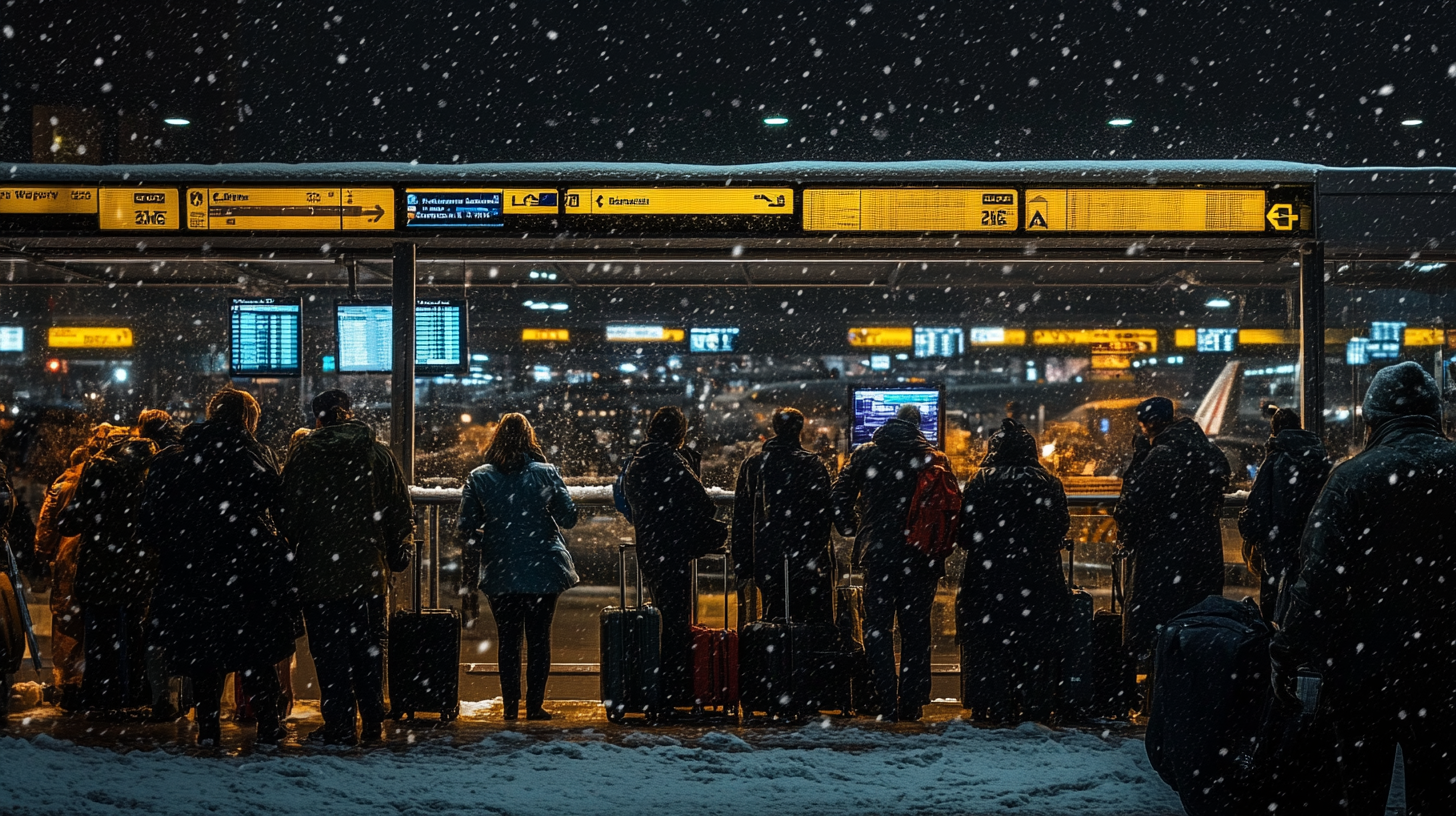
The increasing frequency of unusual weather events raises questions about preparedness at all levels—from individual travelers to airlines and government agencies. Airlines and airports are investing in better communication systems, advanced weather forecasting technology, and contingency planning to handle disruptions more effectively. The DOT’s proposed rules aim to provide greater protection and assurance to passengers, setting industry-wide standards for compensation and customer service.
For travelers, these events serve as a reminder to stay informed about weather forecasts and to plan accordingly. Having flexible travel plans, purchasing travel insurance, and keeping abreast of airline policies can mitigate the stress associated with unexpected delays.
Atlanta’s experience underscores the importance of not underestimating the impact of rare weather occurrences. Even with a historical average of just 2.2 inches of snow per winter, the city has faced impactful snow events that have prompted officials to improve winter weather readiness. Meteorologists continue to track potential wintry weather, including snow, sleet, and freezing rain, encouraging communities to stay vigilant.
For tips on how to prepare for travel during winter weather, refer to winter travel preparedness guidelines .
Final Thoughts
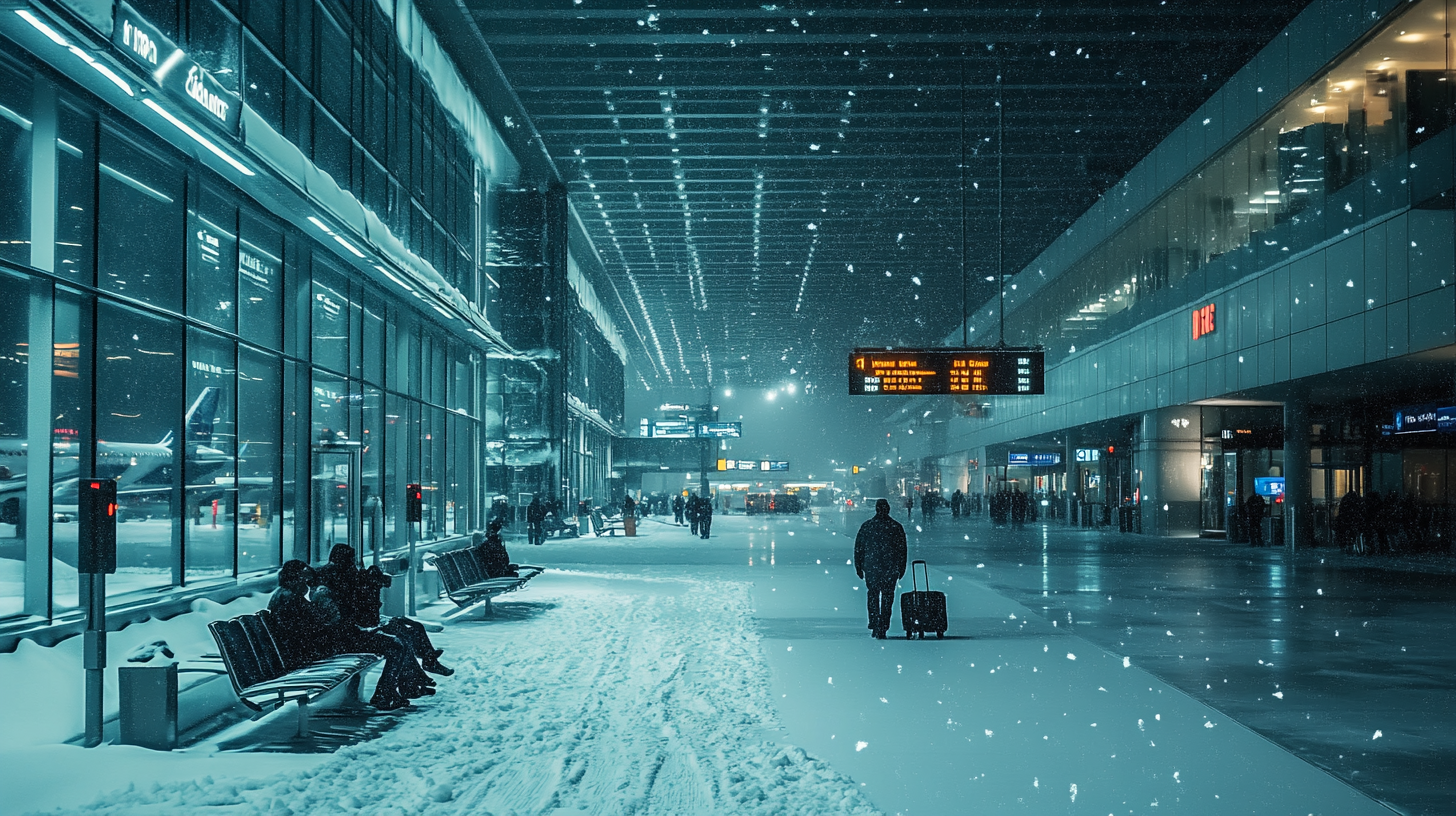
Weather will always play a crucial role in air travel. While we cannot control the elements, we can control how we respond to them. The blend of humor and frustration seen during events like Atlanta’s snowy night reflects the human side of travel disruptions. It also highlights the need for robust systems to mitigate the impact of such events.
As unusual weather patterns become more common—a possible consequence of climate change—collaboration between airlines, airports, government agencies, and travelers themselves becomes essential. By learning from past events and implementing proactive measures, the aviation industry can better navigate the challenges posed by Mother Nature, ensuring safety and minimizing inconvenience for all.
Travelers are encouraged to remain adaptable, stay informed, and perhaps even find a bit of humor amidst the unexpected twists that weather can bring to their journeys. After all, while we cannot predict every whim of nature, we can prepare ourselves to handle them with grace and resilience.
Follow us back to Seat 5A for more insights and updates on air travel and weather impacts.
For further reading on the impact of climate change on weather patterns and air travel, see climate change effects on aviation .






